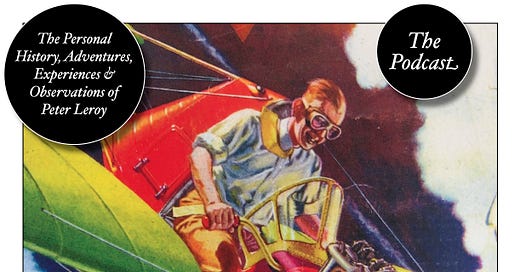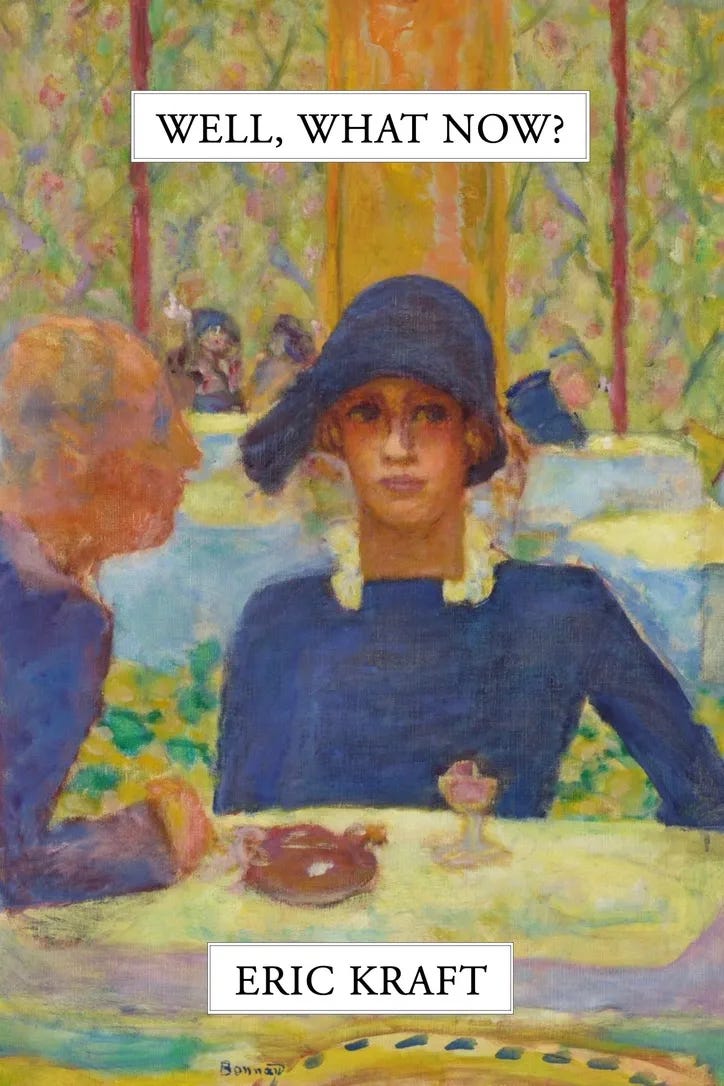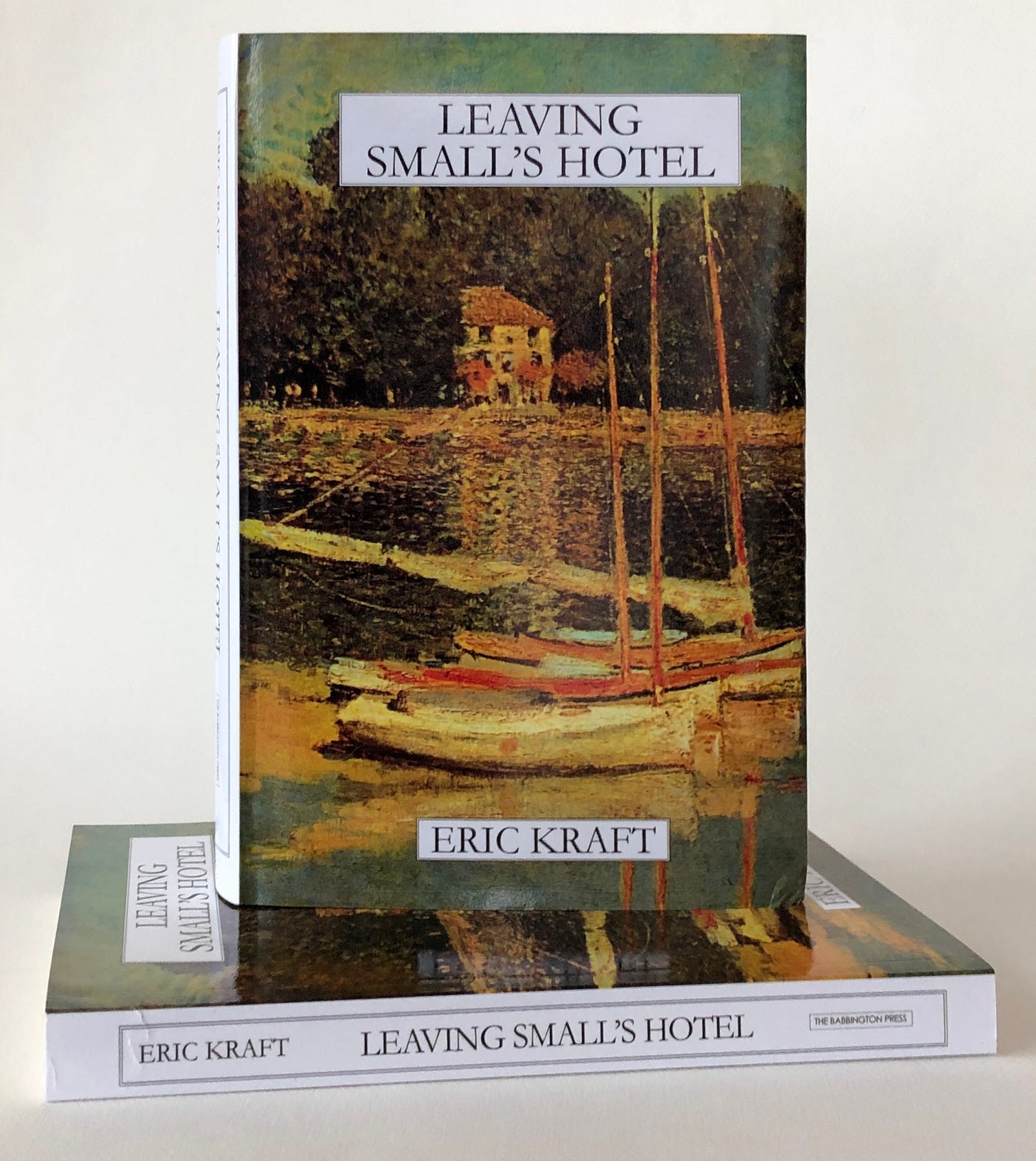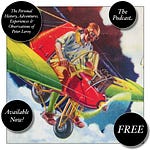THAT NIGHT, I read episode forty of Dead Air, “Hardly Working.”
A SIMPLE HOLE in the ground would have served to hide our radio transmitter from the Federal Communications Commission, and that’s what Raskol, Marvin, Spike, Matthew, and I began with — a hole in the shape of a cube about four feet on each edge. We roofed it over but left an opening in the roof so that we could get in and out. When we were in the hole, we were more or less invisible to the outside world, unlikely to be found by the FCC, but as soon as we were all inside we saw that this hole in the ground was only a rough sketch of what we wanted.
“Well, we’re underground,” I said.
“Just barely,” said Marvin.
“You know what’s wrong with this hole?” asked Raskol, and he answered himself at once: “It’s not enough of a hole.”
“It isn’t even half a hole,” said Matthew.
“We should have an entrance, a tunnel that leads into this room,” said Marvin.
“Yeah,” said Spike, “and we’ve got to make this part bigger, so we can move around, sit down, get comfortable.”
“Yeah,” said Raskol, “and we should make a room off this one that’s even more secret than this, so if somebody finds the place and gets into this room, he won’t even know that there’s another room, an inner sanctum.”
“Yeah,” said Matthew, “and then we should make a room for each of us, even more secret than that, so that if we just want to be alone with our thoughts we can have some privacy.”
They all looked at me, waiting.
“What?” I said.
“And?” said Matthew.
“What do you mean?” I asked.
“Didn’t you notice that we had a pattern going? You’re supposed to say ‘Yeah, and — ”
“Yeah,” I said, “but — ”
“But? But what?”
“If we do all of that, people are going to notice.”
“Who? The FCC?”
“Maybe. We’ve got to cover our tracks. We’ve got to find a way to dispose of the dirt, or hide it, and we’ve got to make sure that each day’s work gets roofed in and concealed before nightfall, and we’ve got to hide the entrance, and we’ve got to start approaching the place from different directions, so that people can’t follow us, and we should have a password, and the entrance has to be hidden really well, and there should be a trick lock of some kind, and maybe we should stop talking to one another when we’re in school, so that people don’t know we’re working together on this, and we ought to have a back entrance, so that if we’re discovered we can escape, like prairie dogs, squirrels, moles, basically, I think, all of the burrowing animals — ”
“Hold it!” said Spike. “I’ve only got one life to give to this. We’ll dig the cave, and you take care of all the rest of that.”
So I got the job I wanted: I worked on concealment, camouflage. At first, I was surprised to discover how much it resembled cleaning up. I tried carrying the dirt away as it came out of the hole, but when I discovered how hard it is to control a wheelbarrow, with the damned thing wanting always to twist on its single wheel, I gave that idea up.
If I wasn’t going to take the dirt away, I’d have to find a way to hide it. I removed a layer of leaves and topsoil from a large area, and I dumped the excavated sand there as it came from the hole. When the work below ground drew to an end for the day, my busiest and most challenging time began. Quickly, I shaped the sand from the hole into a pleasing hill and covered it with topsoil and leaves. I added some plants and some of the trash of the woods — twigs, fallen acorns, and the like. What I was doing didn’t feel like work. I wished I had more of it, and I urged my comrades to dig faster, to send me more sand to hide. When they climbed out of the hole at the end of the day, there was no evidence of anything I had done. I had camouflaged the hole and I had camouflaged my efforts to camouflage the hole. I worked at least as hard as they, but it seemed to them that I was hardly working, and — now — I would agree with them. It wasn’t work. It was hard play.
[to be continued]
Subscribe to The Personal History, Adventures, Experiences & Observations of Peter Leroy
Share The Personal History, Adventures, Experiences & Observations of Peter Leroy
Watch Well, What Now? This series of short videos continues The Personal History, Adventures, Experiences & Observations of Peter Leroy in the present.
Have you missed an episode or two or several?
You can begin reading at the beginning or you can catch up by visiting the archive or consulting the index to the Topical Guide. The Substack serialization of Little Follies begins here; Herb ’n’ Lorna begins here; Reservations Recommended begins here; Where Do You Stop? begins here; What a Piece of Work I Am begins here; At Home with the Glynns begins here; Leaving Small’s Hotel begins here.
You can listen to the episodes on the Personal History podcast. Begin at the beginning or scroll through the episodes to find what you’ve missed. The Substack podcast reading of Little Follies begins here; Herb ’n’ Lorna begins here; Reservations Recommended begins here; Where Do You Stop? begins here; What a Piece of Work I Am begins here; At Home with the Glynns begins here; Leaving Small’s Hotel begins here.
You can listen to “My Mother Takes a Tumble” and “Do Clams Bite?” complete and uninterrupted as audiobooks through YouTube.
You can ensure that you never miss a future issue by getting a free subscription. (You can help support the work by choosing a paid subscription instead.)
At Apple Books you can download free eBooks of Little Follies, Herb ’n’ Lorna, Reservations Recommended, Where Do You Stop?, What a Piece of Work I Am, and At Home with the Glynns.
You can buy hardcover and paperback editions of all the books at Lulu.
You’ll find overviews of the entire work in An Introduction to The Personal History, Adventures, Experiences & Observations of Peter Leroy (a pdf document), The Origin Story (here on substack), Between the Lines (a video, here on Substack), and at Encyclopedia.com.
















Share this post